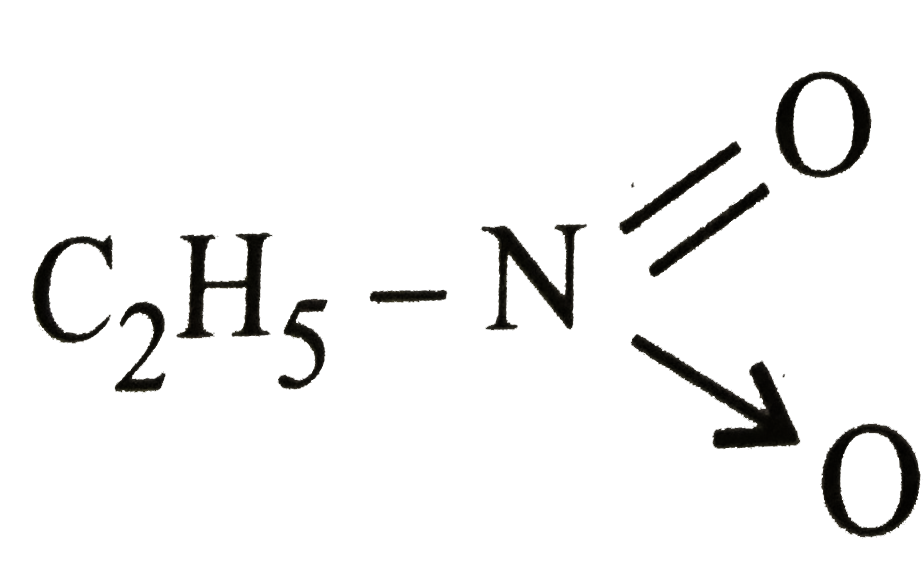Egyptian blue (CaCuSi _4O_(10)) is an example of .
sheet sillicates
pyrosilicates
chain silicates
cyclic silicates
To determine what type of silicate Egyptian blue (CaCuSi₄O₁₀) is, we can follow these steps:
Step 1: Understand the Composition of Egyptian Blue
Egyptian blue has the chemical formula CaCuSi₄O₁₀. It consists of calcium (Ca), copper (Cu), silicon (Si), and oxygen (O).
Step 2: Identify the Types of Silicates
Silicates can be classified into different categories based on their structural arrangement:
- Pyrosilicates: General formula Si₂O₇²⁻.
- Cyclic Silicates: General formula SiₙO₃ₙ²⁻.
- Chain Silicates: General formula SiₙO₃ₙ²⁻.
- Sheet Silicates: General formula Si₂O₅·nH₂O or Si₂O₅⁻²ⁿ.
Step 3: Analyze the Formula of Egyptian Blue
The formula Si₄O₁₀ can be rewritten as:
Si₄O₁₀=2×Si₂O₅
This indicates that it can be represented as two units of Si₂O₅.
Step 4: Relate to Sheet Silicates
Since Si₂O₅ is the basic unit for sheet silicates, and Egyptian blue can be expressed as two units of Si₂O₅, it fits the criteria for being a sheet silicate.
Step 5: Conclusion
Therefore, Egyptian blue (CaCuSi₄O₁₀) is classified as a sheet silicate.
Final Answer
Egyptian blue (CaCuSi₄O₁₀) is an example of sheet silicate.
---
Egyptian blue has the chemical formula CaCuSi₄O₁₀. It consists of calcium (Ca), copper (Cu), silicon (Si), and oxygen (O).
Silicates can be classified into different categories based on their structural arrangement:
- Pyrosilicates: General formula Si₂O₇²⁻.
- Cyclic Silicates: General formula SiₙO₃ₙ²⁻.
- Chain Silicates: General formula SiₙO₃ₙ²⁻.
- Sheet Silicates: General formula Si₂O₅·nH₂O or Si₂O₅⁻²ⁿ.
The formula Si₄O₁₀ can be rewritten as:
Si₄O₁₀=2×Si₂O₅
This indicates that it can be represented as two units of Si₂O₅.
Since Si₂O₅ is the basic unit for sheet silicates, and Egyptian blue can be expressed as two units of Si₂O₅, it fits the criteria for being a sheet silicate.
Therefore, Egyptian blue (CaCuSi₄O₁₀) is classified as a sheet silicate.
Egyptian blue (CaCuSi₄O₁₀) is an example of sheet silicate.
Topper's Solved these Questions
- BOOK - CENGAGE CHEMISTRY ENGLISHCHAPTER - P-BLOCK GROUP 14 - CARBON FAMILYEXERCISE - Exercises (Linked Comprehension)31videos
P-BLOCK GROUP 14 - CARBON FAMILY
- BOOK - CENGAGE CHEMISTRY ENGLISHCHAPTER - P-BLOCK GROUP 14 - CARBON FAMILYEXERCISE - Exercises (Multiple Correct )19videos
P-BLOCK GROUP 14 - CARBON FAMILY
- BOOK - CENGAGE CHEMISTRY ENGLISHCHAPTER - P-BLOCK GROUP 14 - CARBON FAMILYEXERCISE - Ex (Subjective)21videos
P-BLOCK GROUP 14 - CARBON FAMILY
- BOOK - CENGAGE CHEMISTRY ENGLISHCHAPTER - P-BLOCK GROUP 13 - BORON FAMILYEXERCISE - Exercise Archives (Subjecive)9videos
P-BLOCK GROUP 13 - BORON FAMILY
- BOOK - CENGAGE CHEMISTRY ENGLISHCHAPTER - PERIODIC CLASSIFICATION OF ELEMENTS AND GENERAL INORGANIC CHEMISTRYEXERCISE - Exercises (Archives )Subjective4videos
PERIODIC CLASSIFICATION OF ELEMENTS AND GENERAL INORGANIC CHEMISTRY
Similar Questions
 and C2H5−O−N=O are examples ofView Solution
and C2H5−O−N=O are examples ofView SolutionB2H6 and B4H10 respectively are examples of.
View SolutionMalonic acid on dehydration with P4O10 gives an oxide, which is
View SolutionDraw structure P4O10
View Solution0.5 mole of P4O10 contains
View SolutionPure oxygen is colourless gas but liquid and solid O2 is pale blue or blue coloured, this is because
View SolutionWhen phosphours (P4) is heated in limited amount of O2.P4O6 (tetraphosphorous hexaoxide) is obtained, and in excess of O2, P4O10 (tetraphosphours decaoxide) is obtained.
i. P+3O2→P4O6, ii. P4+5O2→P4O10
How many moles of O2 left unreacted initially in reaction (i) when 2g of P4reactswith2gofO_(2) ?View SolutionRatio of σ&π bond in P4O10 is :-
View SolutionThe heat of combustion of P4(white) to P4O10(s) is −5.4kJmol−1. The heat released upon formation of 28.4g of P4O10 is (Molar mass of P4O10=248gmol−1)
View SolutionTwo substances P4 &O2 are allowed to react completely to form mixture of P4O6 &P4O10 leaving none of the reactants .Using this information calculate the moles of P4O6 and P4O10 in the final mixture when the following amounts of P4 & O2 are taken.
P4+3O2→P4O6
P4+5O2→P4O10
(i) If 1 mole P4 & 4 mole of O2
(ii) If 3 mole P4 & 11 mole of O2
(iii) If 3 mole P4 & 13 mole of O2View Solution

